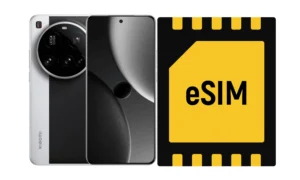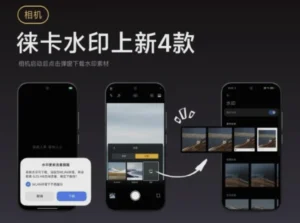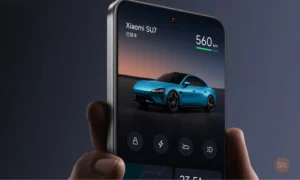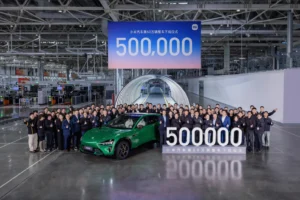Renew Your Xiaomi Every 11 Months? Here’s What NOBODY Tells You
Ever feel that nagging pressure to ditch your current Xiaomi for the shiny new model? With global smartphone upgrade cycles hovering around a mere 11 months according to market studies, it’s hard to ignore the hype for devices like the Redmi Note 14 Pro or the Poco F7 hitting the scene in 2025. But seriously, do you really need a new Xiaomi every 12 months? Spoiler alert: Absolutely not, and folks aren’t always spilling the beans on the whole story. Here at Xiaomiforall.com, we’re pulling back the curtain on those smartphone obsolescence myths and introducing you to the “2.5 Rule” – your practical guide to saving cash, keeping your device zippy, and being a bit kinder to the planet. Stick around to find out how long your Redmi actually lasts and when it’s the perfect time to consider an upgrade!
Why Are We Changing Phones So Darn Fast?
This 11-month refresh cycle isn’t some cosmic accident. Brands, even the budget-friendly powerhouses like Xiaomi, are constantly rolling out new models with enticing upgrades: a sharper camera, a slightly faster processor, or a slicker design. Fast forward to 2025, and the prices for Xiaomi’s mid-range heroes (think the Redmi Note 14 Pro, around $350 USD) have seen a noticeable bump – about 10-15% – due to inflation and pricier components. This makes upgrading annually a serious dent in your wallet. Swapping out a perfectly functional phone every year can easily set you back $350-$400, whereas keeping your Xiaomi humming with some simple tricks (like a battery swap for ~$30) saves you hundreds and significantly cuts down on environmental impact.
Then there’s the marketing machine and good old social pressure. Xiaomi ads plastered with phrases like “5G revolution” or “pro-level photography” can make you feel like your Redmi Note 13 or Poco X6 is suddenly yesterday’s news. But is it really? Xiaomi has cemented its place in the mid-range market thanks to its impressive software longevity (think 4 years of Android updates and up to 6 years of security patches with HyperOS) and robust hardware. So, when should you actually upgrade your Xiaomi? Let’s get real and look at a scenario based on what actual users experience.
The Realistic Scenario: When Does Your Xiaomi Actually Start Feeling Sluggish?
Picture this: You snag a Redmi Note 14 Pro in October 2025 for that sweet $350 price tag. You’re using it for all the daily essentials: WhatsApp, Instagram, TikTok, streaming Netflix, and maybe some casual gaming like Free Fire. Here’s a realistic breakdown of how your Xiaomi’s performance evolves and when it might start feeling a bit “slow” or “outdated”:
1. “Barely Noticeable Slowness” (2 Years, 2027)
After about 24 months of solid use, you might start noticing some minor hiccups. For instance:
* Apps like TikTok or Instagram might take an extra 1-2 seconds to load.
* Switching between apps (multitasking) might not feel as buttery smooth as it once did.
* Your battery, after around 400 charge cycles, is likely sitting at about 85% of its original capacity, meaning fewer hours of juice per charge.
Why this happens: HyperOS updates and the increasing demands of modern apps require more processing power. Plus, the storage starts accumulating residual data, which can slow down the system over time.
Your Xiaomi Solution: Tap into the Mi Status app to clear out that pesky cache and uninstall any apps you’re no longer using. A fresh battery replacement (~$30 at official Xiaomi service centers) can work wonders for restoring your phone’s stamina. At this stage, your Redmi Note 14 Pro is still a perfectly capable device for the vast majority of users.
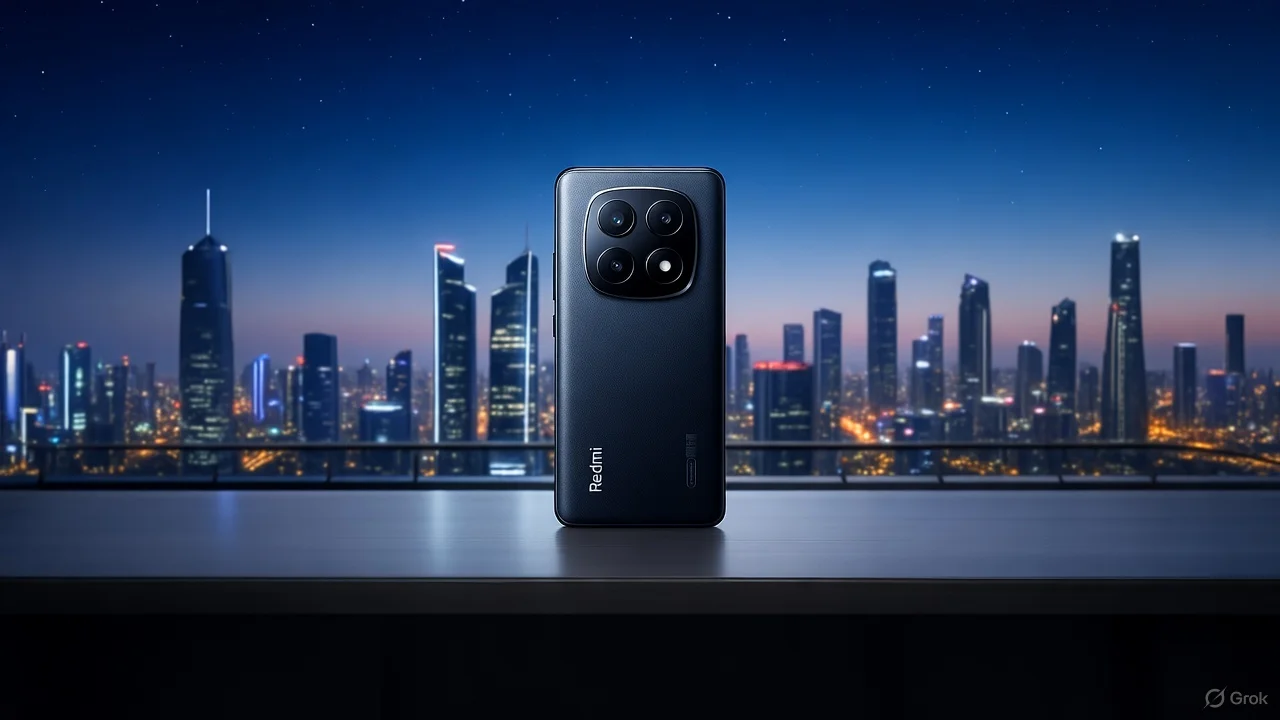
2. “Noticeably Sluggish” (3 Years, 2028)
By the three-year mark, performance starts taking a more noticeable dip, especially with more demanding tasks:
* Heavy-duty games like Genshin Impact or video editing apps like CapCut might take an extra 3-5 seconds to process tasks.
* Intense multitasking (imagine juggling 10 apps at once) could lead to unexpected app closures.
* The battery might be down to 70-75% capacity, meaning more frequent top-ups or a definite need for a replacement.
Why this happens: The processor (say, a MediaTek Dimensity 7300) starts showing its age against apps optimized for newer hardware. HyperOS continues to receive updates, but these increasingly tax the available RAM and CPU.
Your Xiaomi Solution: Consider a factory reset to wipe away any lingering bloatware or limit non-essential app updates. A battery swap or a thorough software clean-up can easily eke out another year of reliable performance.
3. “Approaching Obsolescence” (5+ Years, 2030)
After five years or more, your Xiaomi might truly be considered obsolete:
* No More Security Updates: HyperOS stops receiving vital security patches, leaving your device more vulnerable to threats.
* App Incompatibility: Newer applications, especially those leveraging AI or advanced AR features, might not run smoothly or might not even install.
* Limited Hardware: The processor and RAM simply can’t keep up with the demands of technologies like future 6G networks, next-gen gaming, or upcoming advanced features.
Why this happens: The software support lifecycle (typically around 4-5 years for Android and 6 for security patches) ends, and the hardware is no longer capable of matching the technological leaps expected by 2030.
Your Xiaomi Solution: At this point, it might be time to seriously consider a new model, perhaps the Redmi Note 18 Pro or a Poco F9, but only if these limitations are genuinely impacting your daily usage.
The Xiaomi 2.5 Rule: Upgrade Smarter, Not Faster
Considering the real-world performance of Xiaomi’s mid-range devices and the rising costs in 2025, we propose the “2.5 Rule” to guide your upgrade decisions:
Upgrade your Xiaomi only if:
- The battery capacity consistently drops below 80% (you can check this with Mi Status).
- You’re experiencing significant, frustrating slowdowns (apps taking >3 seconds to open, multitasking is a constant chore).
- It’s been at least 2.5 years (approximately 30 months) since you purchased it.
Let’s crunch some numbers: A Redmi Note 14 Pro bought for $350 in 2025, used for 3 years, costs roughly $117 per year. Upgrading every year? That’s $350 annually. By following the 2.5 Rule, you’re looking at a massive 66% saving on annual device costs while still enjoying solid performance. Plus, simple tricks like software optimization or using slow charging (an option baked into HyperOS) can easily stretch its lifespan to 4 years for users with more basic needs.
Why Does My Xiaomi Last Longer Than You Think?
Xiaomi has earned its stripes as a mid-range champion for a solid set of reasons:
- Extended Software Support:
Models like the Redmi Note 14 Pro or Poco F7 are slated to receive 4 major Android version updates (taking you from Android 15 all the way to Android 19!) and up to 6 years of security patches. That’s a level of commitment many brands in this price bracket simply don’t match. - Reliable Hardware:
Processors like the Dimensity 7300 or Snapdragon 7 Gen 3 offer a fantastic balance of power and efficiency. They can comfortably handle modern apps for a good 3-4 years without breaking a sweat. - Accessible Repairs:
Swapping out a battery for around $30 or a screen for about $50 at an official Xiaomi service center is significantly cheaper than buying a brand-new phone. - Eco-Conscious Approach:
Fewer phone upgrades mean less electronic waste, a value that deeply resonates with the xiaomiforall.com community.
We see it all the time in our community forums: users report their Redmi Note 12 (launched back in 2023) is still running like a charm in 2025 with just basic maintenance – a software clean-up or a battery refresh. This is concrete proof that a well-cared-for Xiaomi can easily surpass the 3-year mark without missing a beat.
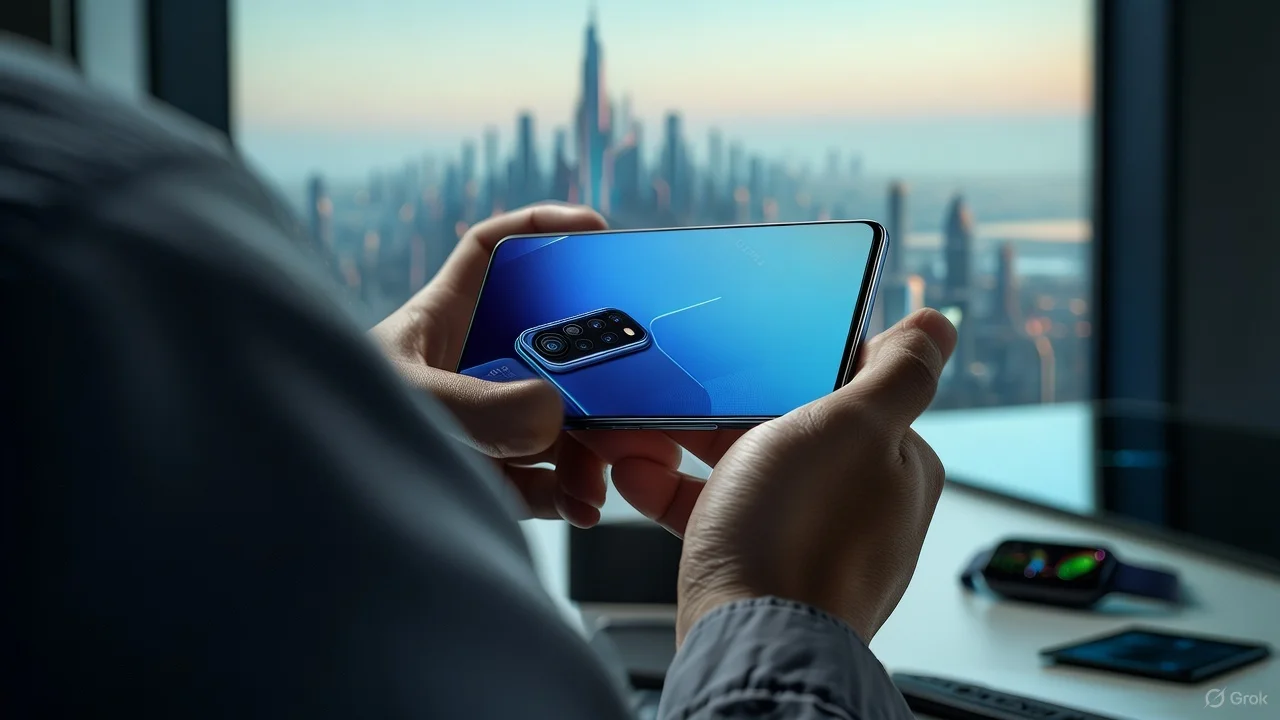
5 Xiaomi Tricks to Keep Your Phone Alive and Kicking
You don’t need a new phone to keep your current Xiaomi performing at its best. Here are five practical tips:
- Optimize with Mi Status:
Regularly use the built-in Mi Status app to clear cache, uninstall pre-installed bloatware, and free up RAM for a snappier experience. - Be Kind to Your Battery:
Activate the “Slow Charging” option in HyperOS (Settings > Battery) and try to avoid keeping your phone plugged in at 100% all the time. This significantly reduces battery wear. - Update Strategically:
If your model is a bit older, prioritize security patches over full HyperOS version updates if you’re concerned about performance impact. - Factory Reset Periodically:
Once every 1-2 years, a factory reset can work wonders by clearing out accumulated junk files and giving your system a fresh start. - Repair, Don’t Replace:
A battery or screen replacement at an official Xiaomi service center is often 10 times cheaper than buying a whole new device.
The Ripple Effect of Not Upgrading Every Year: Saving Cash and the Planet
Upgrading your Xiaomi every 11 months doesn’t just hit your bank account; it takes a toll on our planet too. Producing a single smartphone generates roughly 80 kg of CO2 emissions, and the annual upgrade cycle fuels the ever-growing problem of e-waste. By adopting the 2.5 Rule, you’re not only slashing your environmental footprint but also saving a significant amount of money:
- Annual Cost (Upgrade Every Year): $350 (Redmi Note 14 Pro)
- Annual Cost (2.5 Rule, 3 Years): $117
- Savings: Approximately $233 per year! That’s enough for some cool accessories, essential repairs, or even another neat Xiaomi gadget like the Redmi Buds 6.
Furthermore, Xiaomi champions repairability with readily available parts and a global network of service centers. This commitment reinforces their “technology for all” ethos and their dedication to sustainability.
Break Free from the 11-Month Cycle with Xiaomi
The idea that you need to swap out your Xiaomi every 11 months is largely a marketing-driven illusion, not a genuine necessity. With the 2.5 Rule, you can comfortably enjoy your Redmi Note 14 Pro, Poco F7, or any other mid-range Xiaomi marvel for at least 2.5 to 3 years without feeling like you’re compromising on performance. You’ll save up to 66% on costs, shrink your environmental impact, and squeeze every last drop of potential out of your device using simple, effective tips like optimizing HyperOS or refreshing the battery. Here at Xiaomiforall.com, we firmly believe that Xiaomi is more than just a phone; it’s a smart investment.
So, have you tried out the 2.5 Rule? How do you keep your Redmi or Poco running at its best? Share your experiences in the comments below and join the growing Xiaomiforall.com community for more exclusive tips!
